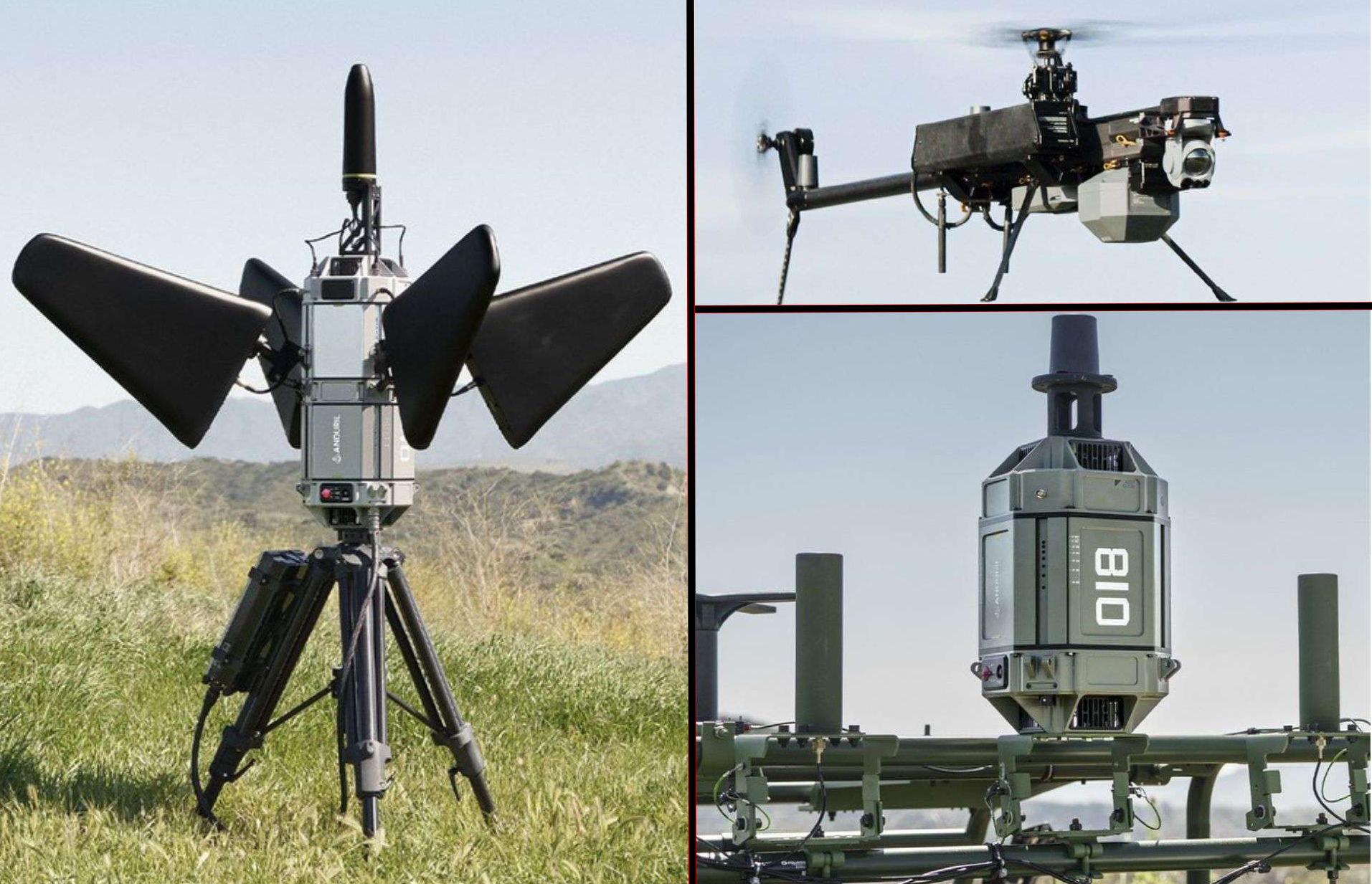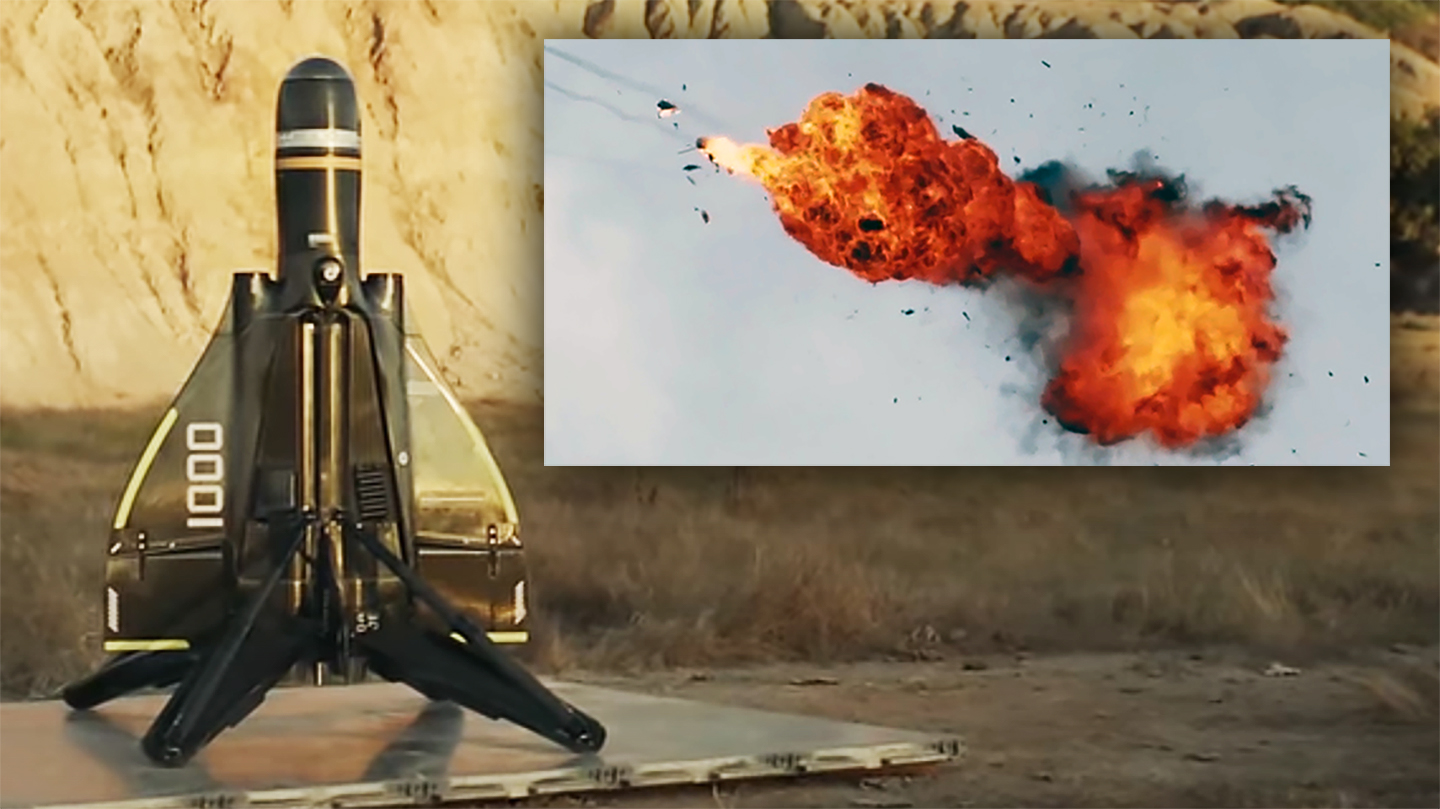Anduril’s Roadrunner counter-drone interceptor drone just got a further stamp of approval from the Pentagon in the form of an order worth hundreds of millions of dollars to deliver additional units. This is a major win for Anduril, still a newcomer to the defense industry, whose rapidly growing product catalog largely aims at disrupting the existing marketplace. While some remain skeptical of the company’s ambitious aspirations, continuing support from DoD is a signal that whatever they are doing is worth continued investment. You can read our deep dive on Roadrunner in our past feature linked here.
Over 500 Roadrunner-Ms, as well as Pulsar electronic warfare systems, will be supplied as part of the nearly quarter-billion dollar deal, with deliveries beginning in 2024. Pulsar is a modular, AI-infused, networked, electronic warfare system that can be mounted on base stations, vehicles, and aircraft. The new order is roughly two and a half times the size of the DoD’s past expenditures on both systems, which appears to have focused more on testing, demonstrations, and early integration work. The company’s Lattice open architecture autonomy command and control software can be integrated with both systems.

This order shouldn’t be too big of a surprise as the Pentagon continues to grapple with the rapidly expanding threat posed by lower-end drones and long-range one-way attack munitions. Roadrunner is vertically launched and recovered, and possesses a high degree of maneuverability thanks to its vectored thrust turbojets. It’s optionally reusable. If one is launched and it is not needed to take down a threat, which could include drones, as well as cruise missiles and low-flying manned aircraft, it can be recovered and refueled for another mission. Depending on the configuration, it could also be used to surveil and strike targets on the ground or carry non-kinetic payloads. Roadrunners in ‘Nest’ launcher boxes can be distributed around a broad area to maximize response time and protection coverage. The idea is that Roadrunner can be launched on initial warning, or even preemptively, to get after a threat immediately without the possibility of wasting an effector in doing so if the intercept is not needed.
Beyond defending troops and installations in forward locales, Roadrunner could be extremely useful aboard ships that have become top targets for drone attacks. We lay out this entire use case in great detail in this past feature.



In a press release, Anduril says that “Roadrunner has been operationally deployed for Combat Evaluation since January 2024 and Pulsar has been operationally deployed in multiple regions since August 2023.” In other words, Roadrunner and Pulsar have been used in the field, at least in an evaluative manner, which appears to have been a success. Similar kinetic counter-UAS systems, such as Raytheon’s Coyote, as well as electronic warfare systems, have been put into operational use for years now, most notably at high-threat locations in the Middle East. Smaller past contracts related to Roadrunner and Pulsar likely involved more limited use case deployments that have subsequently led to this expanded buy.
We reached out to Anduril regarding where their Roadrunner and Pulsar systems have been deployed and what type of action they have seen, but they could not provide any additional details at this time. What’s clear is that the Pentagon thinks they are effective enough to want more of them.
Considering how both of these capabilities would be critical to a future fight, especially a distributed one across the Pacific, if Roadrunner and Pulsar continue to prove their worth and evolve into even more potent weapons, these orders could quickly become exponentially larger.
Contact the author: Tyler@Twz.com
